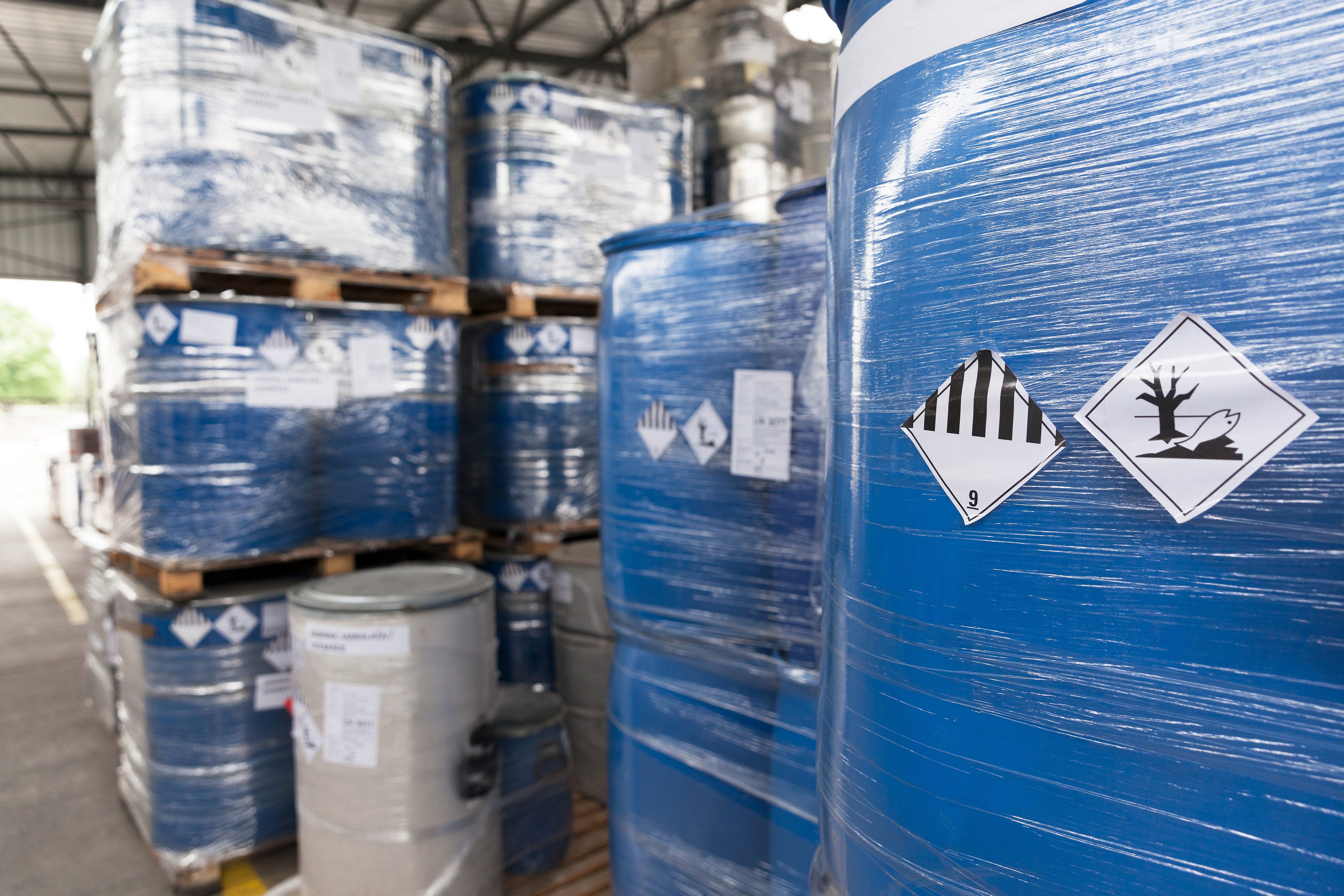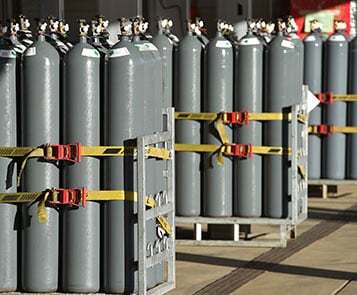Overpack Drums vs. Salvage Drums for Highway Transport: Avoid Noncompliance
Question to waste generators: Do you know the different highway transportation use cases for salvage drums and overpack drums? The differences may seem small, but they are particularly important.
Adherence failure can lead to substandard performance, as well as increased risk to your team members and the public at large. To remain compliant with all environmental, health, and safety (EHS) regulations, it’s crucial that managers understand the similar—yet also quite different—applications of overpack drums and salvage drums. Using overpack drums when salvage drums are called for can result in noncompliance, citations, and fines.
This is a timely subject. We know that drums overall play a major role in our economy and in many industries, from manufacturing to life sciences and beyond. The overall industrial drum market (which includes hazardous waste containers) will hit some $13 billion this year, according to research. It will continue to grow, rising to some $20.4 billion by 2034.
Given the importance of hazardous and non-hazardous waste hauling operations overall, it makes sense for managers to understand the specifics of all relevant drum types to their organizations. This applies especially to overpack drums and salvage drums.
Overpack vs. Salvage Drums, at a Glance
Here is a quick summary of the two drum types:
- Overpack drums and salvage drums look similar, and are key containers for solid and liquid waste management and disposal
- The federal Department of Transportation (DOT) oversees their deployment
- Generally speaking, an overpack container is any transportation container that can house multiple smaller containers, for convenience in handling
- A salvage drum can contain a single damaged, leaking, or non-conforming package
- While any salvage drum can act as an overpack, an overpack can't replace a salvage drum
DOT Penalties for Drum Misuse
The agency forbids using an overpack drum when a salvage drum is needed—such a move could endanger the general public and motorists. And DOT can punish noncompliance with fines and violations—which can be hefty. In fact, the feds increased fines by 3.24% across the board this year to adjust for inflation.
Let’s run the numbers:
- The maximum penalty for violating any applicable standard is $99,756
- A single violation can run up to $25,548
- Fines can rise if a violation causes an injury
Luckily, the rules are clear—in strictly following them, managers can ensure they are safe and compliant.
Overpack and Salvage Drums Rules Explained In Depth
The official DOT 49 CFR 171.9 rules define salvage drum and overpack as the following:
Salvage drums: According to the DOT, salvage drums are appropriate for damaged, defective, leaking, or non-conforming hazardous materials packages. They are also permitted for spilled or leaked hazardous materials that will be recovered, or during disposal transportation. Regulations also state that:
- Salvage drums must contain only a single damaged or leaking container.
- Per regulations, salvage drums must be:
- UN 1A2
- 1B2
- 1N2
- 1H2
- Drums require testing and marking for packing group III or higher performance standards for liquids or solids.
- Drums also require a leakproofness test of 20 kilopascals (pounds per square inch).
- Drum capacity cannot exceed 450 liters (119 gallons).
- Every drum must be lined with sufficient cushioning and absorption material to prevent excessive shifting of the damaged package.
- When closed, they must also prevent leaks of any free liquid.
- Each salvage drum must be marked with the:
- Proper shipping name
- Name and address of the consignee
- The word "SALVAGE" in letters at least 0.5 inches high
- An overpack configuration, by definition, can involve the shipper attaching drums to a load board (such as a pallet) via a shrink wrap or by other means.
- While the overpack drum container need not meet any DOT specifications, all the individual containers (depending on what they carry) inside it must meet the appropriate specifications.
- A transport vehicle, freight container, or aircraft unit load device itself cannot serve as the overpack. They must contain overpacks.
Complex Waste Disposal Operations Demand Expertise
Again, although they are both used for waste shipping, it's crucial to know the different requirements for the two sets of drums. Observing the specific guidelines is both a best practice and a compliance necessity. This applies to waste generators of all types, sizes, and geographic locations.
Want to be sure you are handling your drums—and the rest of your waste management and disposal operations—compliantly, safely, and efficiently? Talk to a trusted partner and consultant—like Triumvirate Environmental. We have the expertise to support all your waste management and disposal needs, including addressing your varied drum shipping requirements.
Reach out today to discuss how we can help you.






